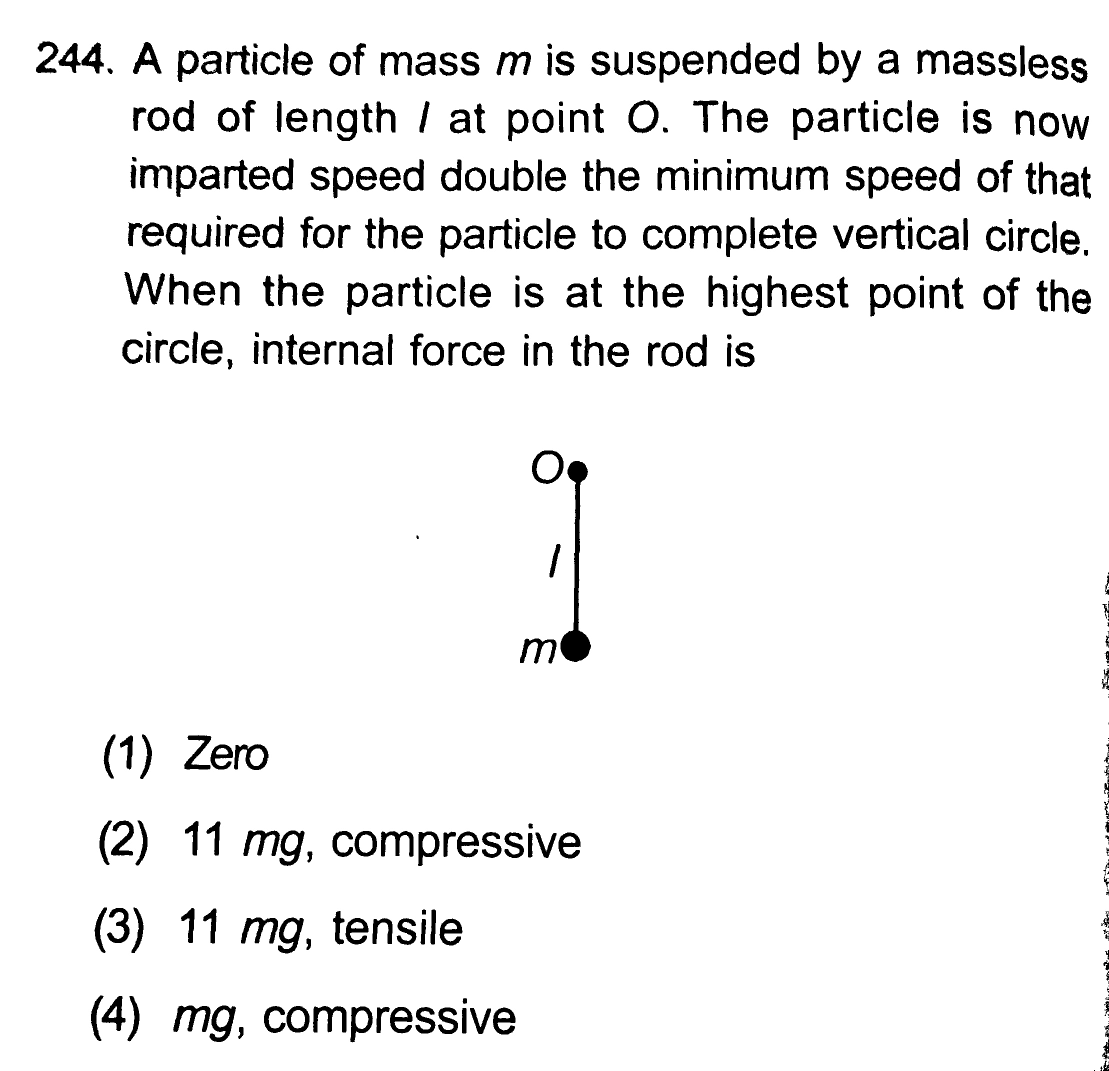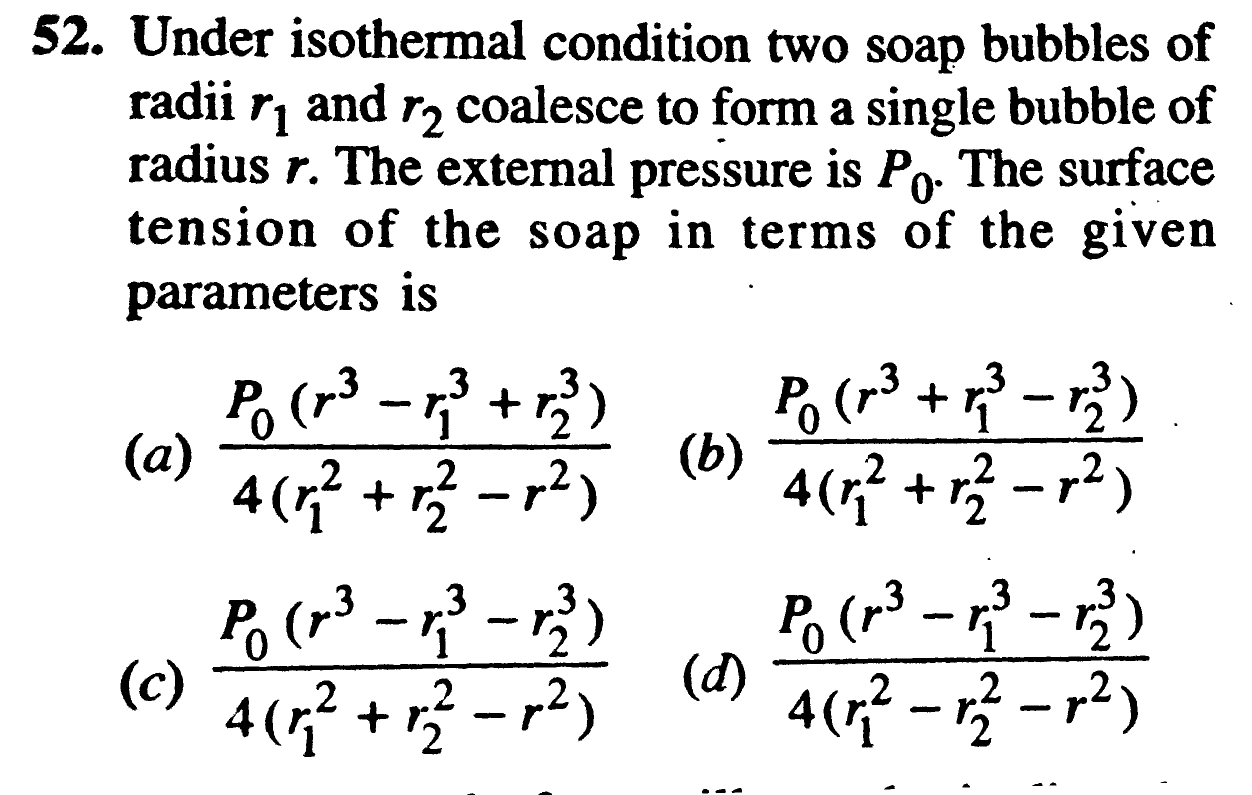
AllQuestion and Answers: Page 1736
Question Number 34866 Answers: 0 Comments: 0
Question Number 34865 Answers: 0 Comments: 0
Question Number 34864 Answers: 0 Comments: 0
Question Number 34863 Answers: 0 Comments: 1
Question Number 34862 Answers: 2 Comments: 8
Question Number 34850 Answers: 2 Comments: 0

Question Number 34849 Answers: 0 Comments: 2
Question Number 34843 Answers: 0 Comments: 1
Question Number 34827 Answers: 1 Comments: 5
Question Number 34821 Answers: 2 Comments: 1
Question Number 34792 Answers: 2 Comments: 0
Question Number 34845 Answers: 0 Comments: 0
Question Number 34803 Answers: 1 Comments: 2

Question Number 34781 Answers: 1 Comments: 0

Question Number 34774 Answers: 1 Comments: 1
Question Number 34771 Answers: 0 Comments: 1
Question Number 34770 Answers: 1 Comments: 2
Question Number 34765 Answers: 1 Comments: 0

Question Number 34762 Answers: 1 Comments: 0

Question Number 34760 Answers: 2 Comments: 0

Question Number 34759 Answers: 1 Comments: 0

Question Number 34755 Answers: 1 Comments: 5
Question Number 34746 Answers: 0 Comments: 0
Question Number 34733 Answers: 0 Comments: 0
$${Someone}\:{plz}\:{solve}\: \\ $$$${Q}\:\mathrm{34652}\: \\ $$
Question Number 34724 Answers: 1 Comments: 1
Question Number 34739 Answers: 3 Comments: 3

Pg 1731 Pg 1732 Pg 1733 Pg 1734 Pg 1735 Pg 1736 Pg 1737 Pg 1738 Pg 1739 Pg 1740
